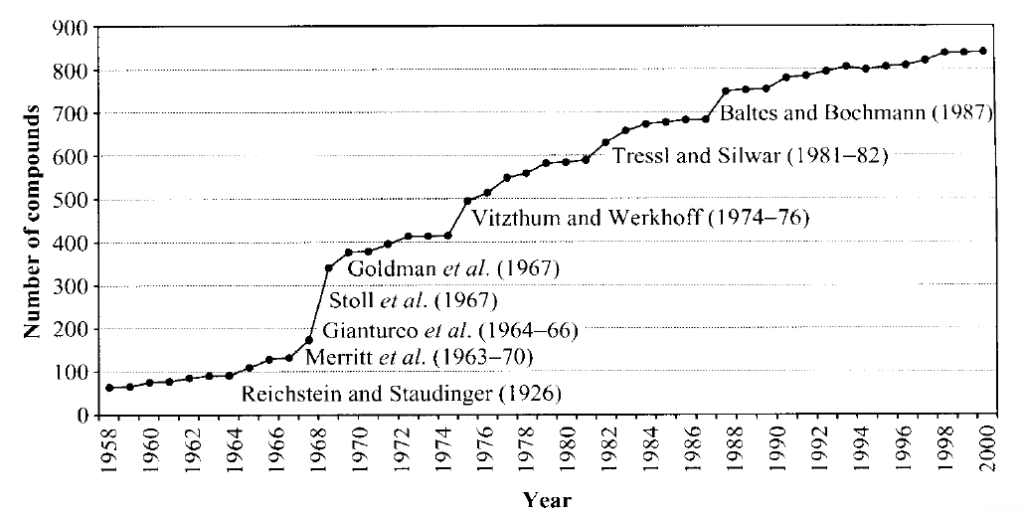
STOP WITH THE MYTH OF 800-1000 FLAVOUR MOLECULES IN COFFEE AROMA
The Myth of Coffee’s 800–1000 Flavour Molecules: A Scientific Compilation more than the reality
Coffee flavour is probably one of the most difficult flavour to reproduce by the flavour industry. The amount of volatile molecules and the evolution over time make the creation of a well representative coffee flavour very challenging.
For years, we’ve heard the claim that coffee contains between 800 and 1000 flavour molecules, a number widely cited in both the coffee industry and scientific circles. But where does this number actually come from?
In 2002, Ivon Flament, a research scientist from Firmenich, compiled the list of coffee flavour molecules in his book “Coffee Flavor Chemistry”, THE reference today for coffee flavours.
ref: Flament, Ivon. Coffee Flavor Chemistry. John Wiley & Sons, 2002.
In reality, this figure is not from a single, well-established study but rather a compilation of multiple scientific publications spanning decades. Researchers have identified a vast range of volatile and non-volatile compounds in coffee, but the total number is constantly evolving as analytical techniques improve.
The number of flavour molecules is not important. Identifying the KEY ODORANTS AND THEIR CONCENTRATIONS is the main challenge for the industry. Today, some literature mentions 20, 28 or even 40 key odorants for the creation of a relatively good coffee flavour…but the reality is that today, we did not succeeded to create or replace the original coffee flavour.
More importantly, a strong correlation exists between the economic value of a commodity and the number of identified flavour molecules. The more a product is studied and valued (e.g., coffee, wine, cocoa), the more molecules we tend to identify—creating a self-reinforcing perception of complexity. In contrast, less economically valuable crops receive less research funding and, therefore, fewer identified compounds.
This raises an important question: Are we defining complexity by chemistry alone, or is it shaped by market forces and cultural perception?
Let’s move beyond the numbers and focus on how these molecules interact to create the unique sensory experience of coffee.
#CoffeeScience #FlavourChemistry #SensoryAnalysis #CoffeeIndustry #FoodEconomy